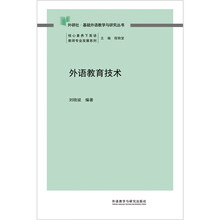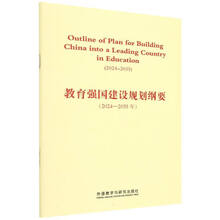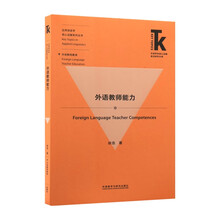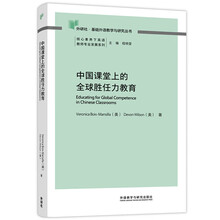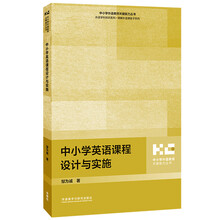3. In your book, mark where the lesson breaks actually fell as you worked through the unit. Did you have to rush through any activity because of time constraints? Did you spend too much time on one section (mainly to kill time) because you knew you didnt have enough time to get through the following section in the time available in that lesson?
4. Look at the unit in your coursebook that you plan to cover next. On the basis of what happened with the unit youve just thought about, see if you can predict: dull bits (texts or exercises your students wont take to), unstimulating lead-ins and uninteresting follow-ons.5. Guess where the lessons breaks will most naturally fall. Sometimes, to avoid rushing through a task you almost (but dont quite) have time for, you should postpone it till the following lesson. However, each time you take this decision, you create a chunk of extra time in the lesson from which an activity has been cut. And this means you will need a filler (or a warm-up).
6. Look through a couple of coursebooks and resource books to see if you can find what you need. (Dont forget to ask your colleagues for tips.) If youre lucky, you may find an activity with aims similar to those of the longer activity you have postponed. Or perhaps your students might in fact best profit from doing a review activity (see Chapter 3). Or perhaps after a long battle with one topic it might actually be more appropriate to change to something completely different.
展开


